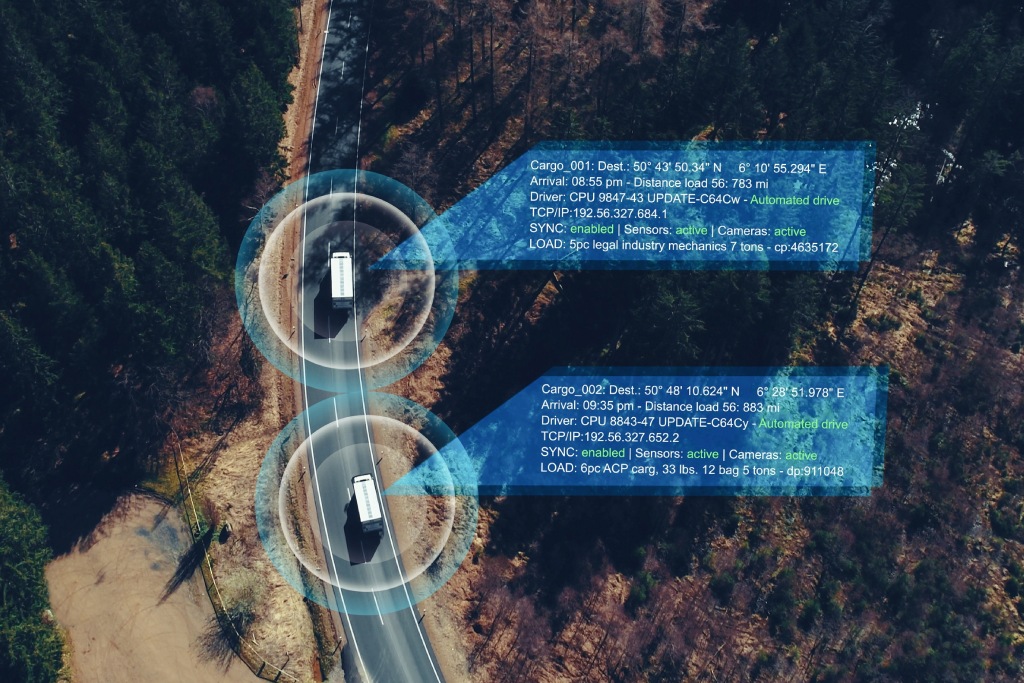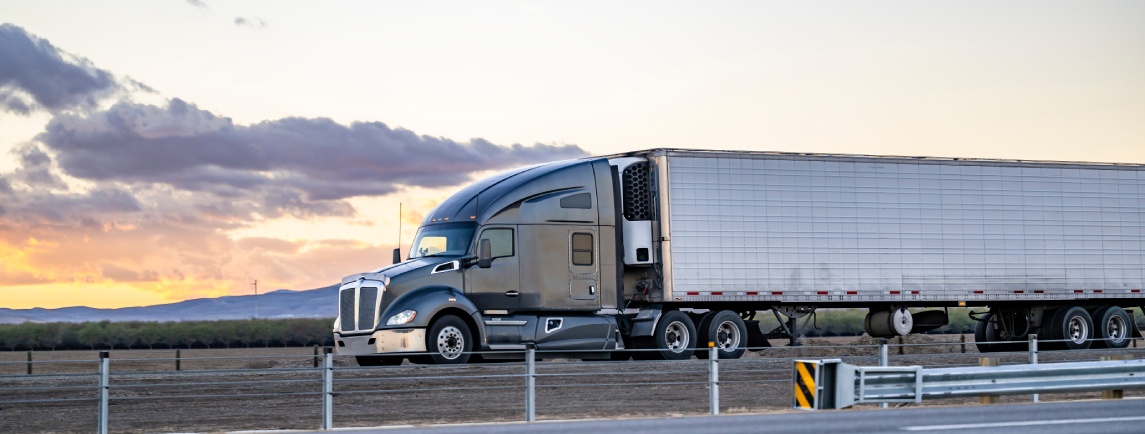Understanding Mexico’s 2025 Cross-Border Shipping Regulations
Cross-border shipping regulations change frequently. Staying apprised of the latest updates can help you avoid delays and fees at the border when engaged in trade between the United States and Mexico.
However, managing rapidly evolving guidelines and planning for compliance for every load can challenge busy businesses like yours.
To help you understand the most recent regulations, we have put together this guide to Mexico’s 2025 cross-border shipping regulations. Use this guide to improve your ability to maintain compliance and continuity in your cross-border shipping operations.
Key Changes in Mexico’s Cross-Border Shipping Regulations
In response to evolving trade dynamics and security concerns, Mexico has updated its cross-border shipping regulations for the coming year. These changes reflect a commitment to increasing security, streamlining processes, and promoting trade efficiency.
Improved Security Measures
Security is on the forefront of your mind when shipping goods across the Mexico-US border, and the latest regulations also prioritize this concern. The most recent rules require more detailed documentation and rigorous checks at border points. Businesses will need to adjust to stricter security protocols, including advanced cargo tracking systems and the use of C-TPAT (Customs-Trade Partnership Against Terrorism) certifications to ensure secure shipments.
Digital Processes
Mexico is shifting toward a more electronic approach in managing cross-border shipments. This involves the adoption of electronic documentation, which reduces paperwork, minimizes errors, and speeds up customs clearance processes. Businesses like yours need to invest in digital solutions that can handle electronic data interchange effectively if you hope to keep up with this faster electronic system.
Environmental Regulations
New environmental rules reduce the carbon footprint of cross-border shipping. These rules include incentives for using eco-friendly vehicles and penalties for non-compliance with emission standards. Companies must consider upgrading their fleets to include zero-emission trucks to align with these regulations.
Customs Procedures and Tariffs
Modifications in customs procedures and tariff structures are also part of the new regulations. There is a push toward harmonizing tariffs with international standards, which may affect cost structures. Understanding these changes and their implications is crucial for your cost management and pricing strategies.
Compliance Strategies for Businesses

Adhering to the updated cross-border shipping regulations for Mexico allows you to avoid time-consuming disruptions and costly penalties. Here are some strategies to help you stay in compliance with Mexico’s 2025 cross-border regulations:
Technology Investments
Implement advanced logistics software that offers real-time tracking and comprehensive reporting. These tools can help maintain compliance by making sure that all necessary documentation is accurate and accessible, reducing the risk of delays at the border.
Training and Education
Regularly update your team on the latest regulatory changes and compliance requirements. Conduct training sessions to familiarize your staff with new processes and technologies at the heart of cross-border operations.
Expert Partners
Partner with logistics experts who have a thorough understanding of cross-border shipping regulations for Mexico. Companies like Mex-Cal Truckline offer extensive services and expertise in navigating these regulations, keeping your operations efficient and compliant.
Optimize Supply Chain Processes
Evaluate your current supply chain to identify areas for improvement. Streamlining operations can help reduce costs and improve efficiency, which is particularly important in light of new tariff structures and customs procedures.
Sustainability Initiatives
Adopt sustainability initiatives that align with environmental regulations. Transitioning to a greener fleet or adopting alternative energy sources can not only help with compliance but also improve your brand’s reputation.
Potential Impacts on Businesses

The new regulations present both challenges and opportunities for businesses engaged in cross-border shipping.
Increased Operational Costs
Compliance with advanced security and environmental standards may initially lead to increased operational costs. Investments in technology, staff training, and fleet upgrades can be significant.
Improved Efficiency
Despite the upfront costs, the digitization of processes and streamlined customs procedures can lead to improved efficiency in the long run. Faster clearance times and reduced paperwork can improve the overall speed of shipments.
Competitive Advantage
Companies that swiftly adapt to these changes may gain a competitive advantage. By demonstrating compliance and commitment to security and sustainability, businesses can strengthen their position in the market and build stronger relationships with trade partners.
Risk of Non-Compliance
Non-compliance with cross-border shipping regulations for Mexico can result in penalties, delays, and damage to your business’ reputation. Businesses must stay informed and proactive in their approach to regulatory changes to mitigate these risks.
The introduction of Mexico’s 2025 cross-border shipping regulations marks a chance for businesses to adopt new compliance procedures to ease international trade between the US and Mexico. While these changes present challenges, they also offer opportunities for businesses to become more efficient.
By understanding the key changes, implementing strategic compliance measures, and leveraging expert resources, businesses can navigate these regulations successfully. For more information on how to streamline your cross-border shipping operations and ensure compliance with the latest regulations, explore our Cross-Border Transportation Services. At Mex-Cal Truckline, we are committed to helping you achieve seamless and secure cross-border trade.







